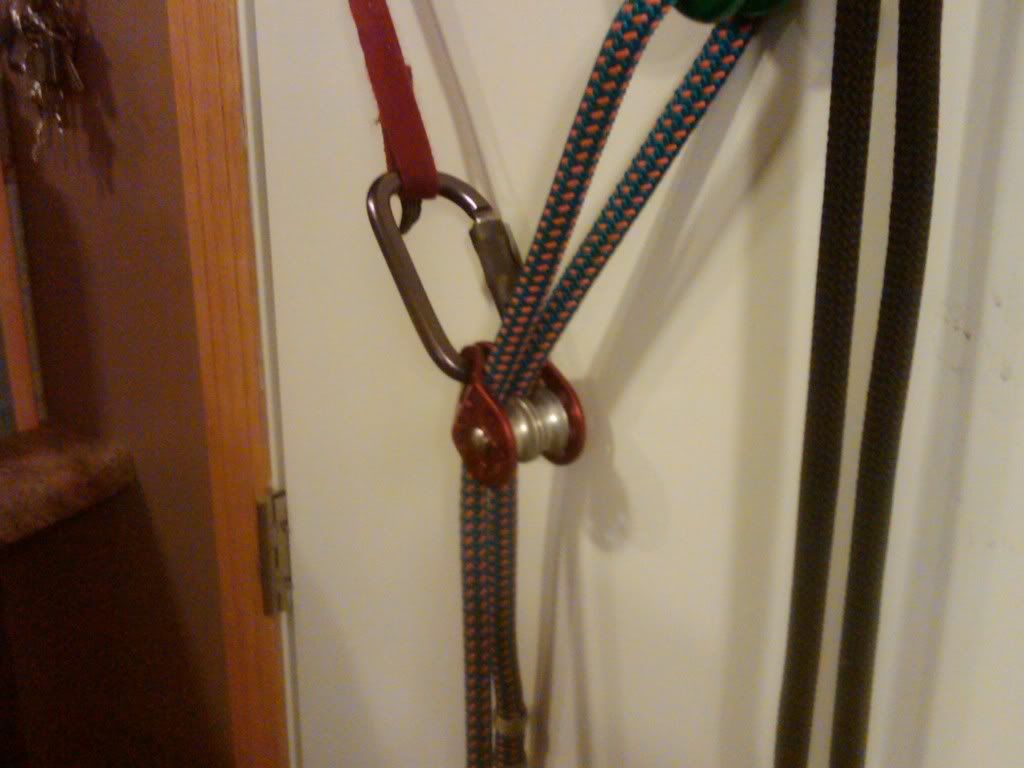Okay, I have been really excited about using my Rope Wrench for access and pruning as well. I like the fact how your climbing hitch will not bind going around multiple crotches. I haven't played with it much though.
I can't comment on the Rope Wrench, I've never used one.
I have read a lot of threads about the static ropes not designed for fall arrest and climbing line not designed for ascending, Rope Wrench threads and videos, rope options for SRT, really great information!
You don't fall while tree climbing(at least you're not supposed to), and you never use a dynamic(rock climbing line) for tree climbing, they're used to arrest falls while rock climbing.
You could a dynamic rope for rigging to absorb the shock load of a limb being lowered onto it, but you don't want to climb on one.
What I was wondering is what kind of force is created on the rope each time you redirect your line? Does this create more stress and weight to the climbing line with each redirect?
If you place a rope around a limb or anything else, and pass it back down the other side at 180 degrees, and apply a load to one side, you will double that load on the line.
If you do that over multiple limbs, you will apply that force to multiple places on the rope; However, you won't be increasing the initial load.
If you place the rope around a limb or whatever at 120 degrees or less you only put a force equal to the load on the part of the rope that's over the limb.
Something else you may not know, when you put a rope over something at 180 degrees only half of the rope is supporting the load, since ropes are designed to have strength along their length, when you bend the rope around a limb the inside of the rope becomes compressed, while only the outside of the rope is pulled by the load. So your ropes strength is reduced by half when you put it around an anchor point at 180 degrees.
Also this seems like it would create a lot of wear on the rope. I want to utilize these new tools I just want to make sure that I understand the risk factors and know how to apply proper technique with this equipment.
Thanks!
Arborist ropes are pretty tough, but not indestructible. Examine your ropes before and after every use to check for signs of wear or damage. If it doesn't look safe replace it.

























































